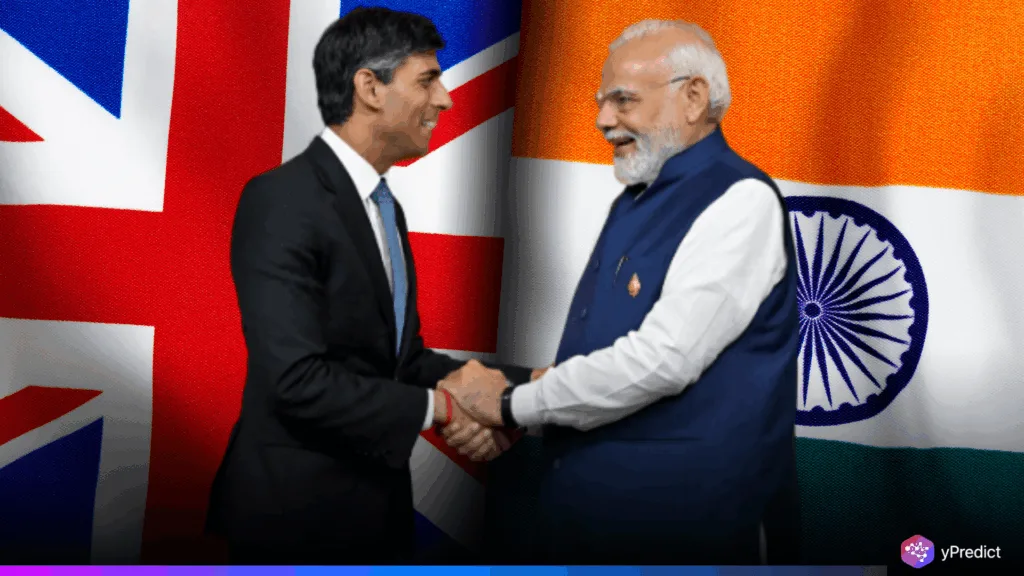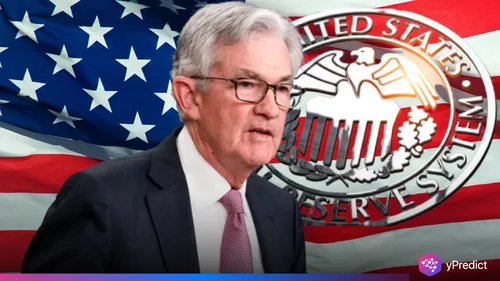
The India-UK trade agreement is scheduled to be formally signed next week. This seeks to boost trade and fortify bilateral ties. A legal review of the final text is being conducted before the formal signing. After almost three years of negotiations, it is anticipated that 99% of Indian exports will no longer be subject to tariffs. Furthermore, it will generate employment in both businesses and double trade volumes to $120 billion by 2030.
India-UK Trade Agreement Set to Slash Tariffs
The India-UK trade agreement will reduce import taxes on important Indian exports. It will cover leather goods, textiles, footwear, toys, marine products, and gems when it is put into effect. British exporters will benefit as tariffs drop on premium items. These include whisky, gin, cosmetics, chocolates, and automobiles; over ten years, whisky duties alone decreased from 150% to 40%. This tariff system supports the more general free trade objectives of liberalized global trade.
Top Export and Import Items Under the Deal
India’s export gainers include:
- Leather goods
- Garments and footwear
- Marine products and toys
- Gems and jewellery
UK products becoming cheaper in India:
- Whisky, gin, and chocolates
- Medical devices and cosmetics
- Cars and soft drinks
These changes are anticipated to reduce expenses and enhance supply chains. These adjustments will change bilateral relations. Additionally, it will provide access for small and medium-sized businesses in both nations.
Strategic and Economic Gains
India has protected its agricultural industries by denying tariff reductions to dairy, cheese, and apples. At the same time, the UK gains better access to Indian markets without sacrificing its core sectors. The FTA will be submitted for approval by the Indian Cabinet and the British Parliament before its implementation. Experts predict that this trade agreement will strengthen the economic resilience of both nations and bring long-term free trade stability.
INDIA-UK Trade Agreement to Spark Global Momentum
The partnership includes services and mobility. Furthermore, the agreement included a social security clause. This provision exempts Indian professionals employed in the UK from social contributions for three years. This action could increase pay margins by up to 20% for more than 60,000 IT workers. Thus, India’s service industry and talent export both clearly benefit.
The expansion of service access, investments, and collaboration may lead to exponential growth in bilateral trade. As a result, this agreement enhances India’s worldwide economic influence as geopolitical tensions reshape relations.
Bottom Line
The India-UK trade agreement has the potential to expand trade opportunities and reinforce free trade principles. Its success could lead to more such transactions in the ever-evolving world. Additionally, as market access increases and tariffs decrease, there may be more capital flowing between the two countries. Hence, this deal goes well beyond just products when professional mobility and service access are taken into consideration.







